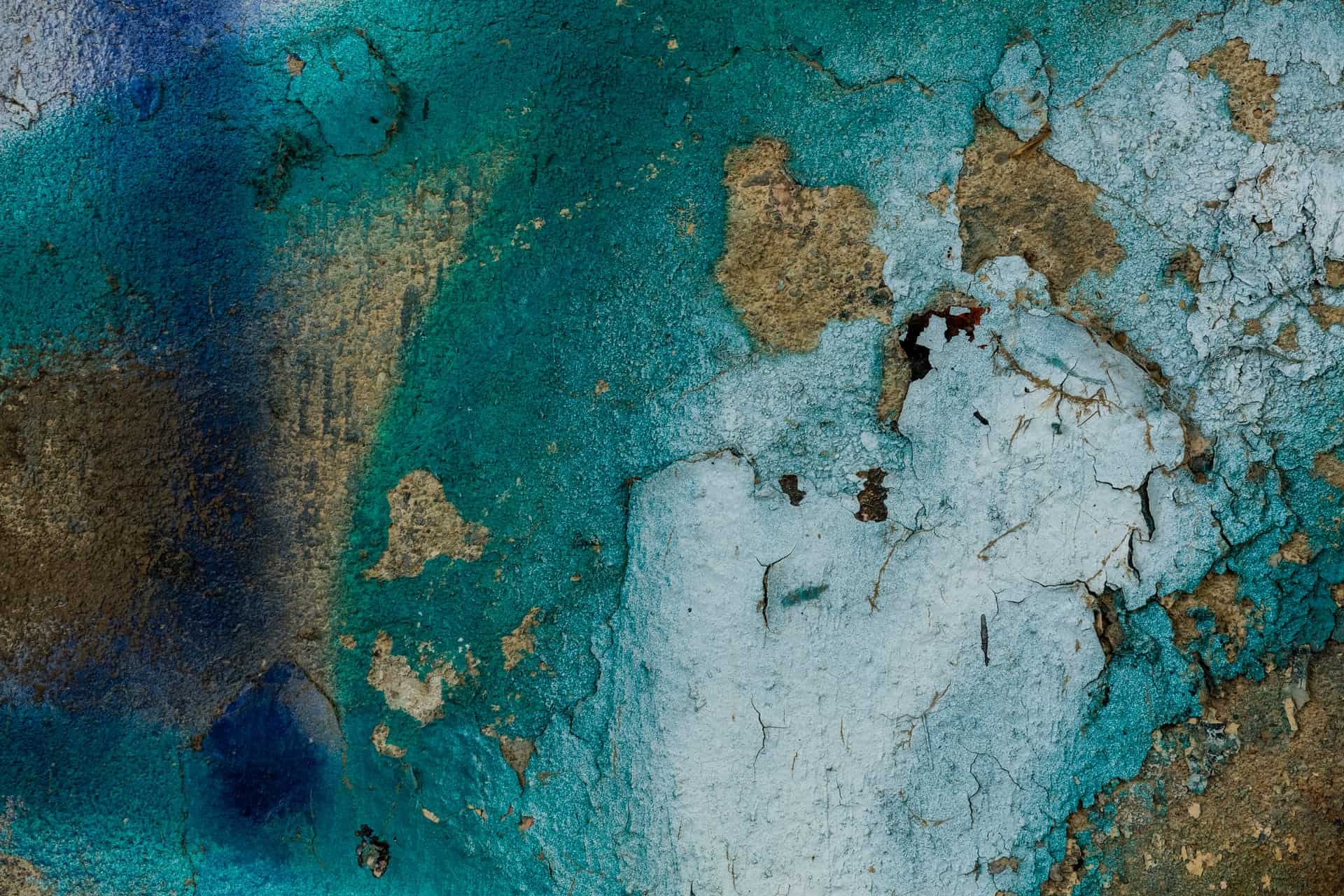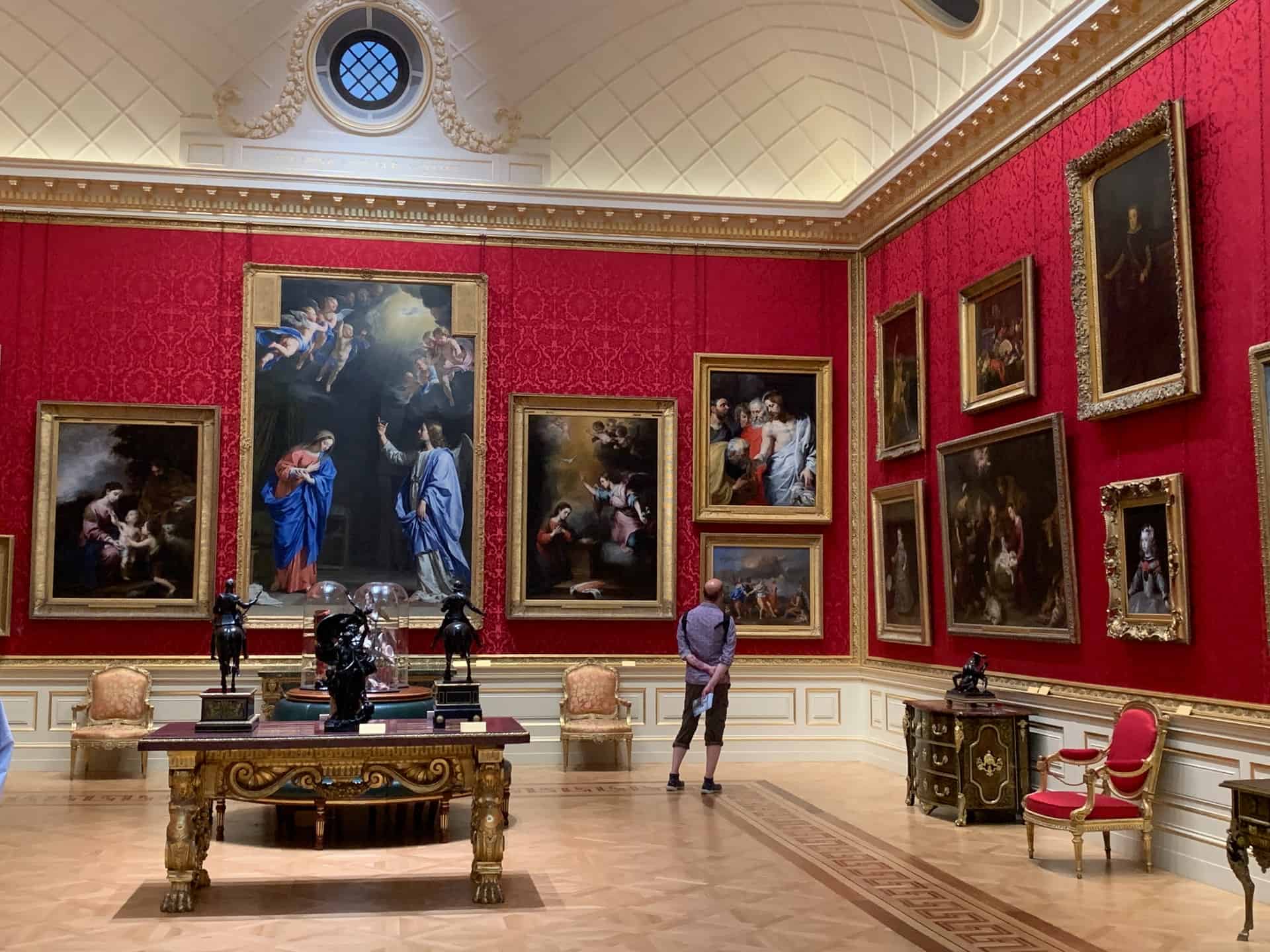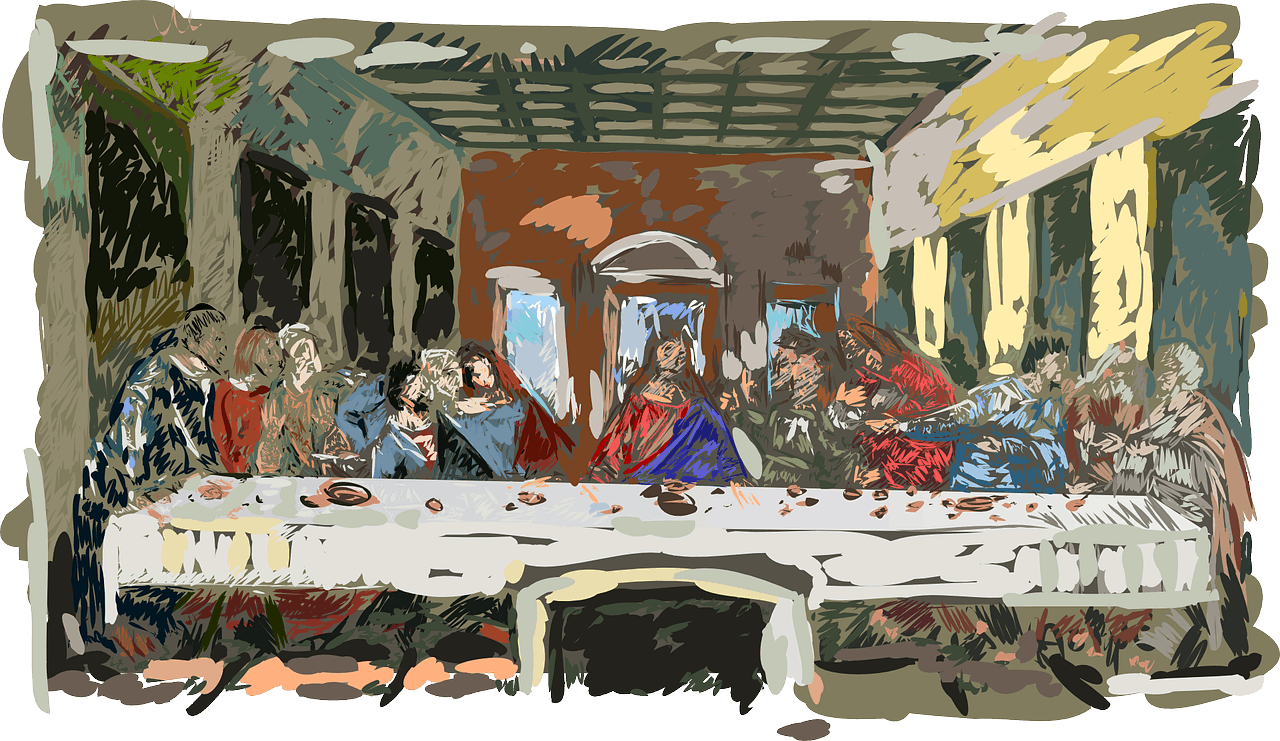
As the last meal before Jesus’ crucifixion, The Last Supper is an important event in Christianity. That said, it’s no surprise that many artists have attempted to portray The Last Supper. However, its most popular version remains to be Leonardo da Vinci‘s masterpiece. Although it’s a mural painted long ago, it’s still one of the most known paintings of all time. Aside from its technical aspects, many mysteries surround this painting. Find out more about it with The Last Supper facts you never knew about.
- Leonardo da Vinci’s Last Supper took 3 years to complete.
- Da Vinci painted The Last Supper from 1495–1498 in Milan.
- The Duke of Milan commissioned the Last Supper in 1494 to place in their family mausoleum.
- The Last Supper has been reproduced many times, but the original size measures 15ft. x 29 ft.
- There have been 7 attempts to restore The Last Supper.
- The Last Supper depicts Jesus’ last meal with his 12 disciples.
- The Last Supper counts as the first celebration of the Eucharist.
- The Old Testament already foretold the Last Supper saying that God Most High will bring bread and wine.
- In 1980, a restoration effort began.
- The painting’s first restoration lasted 19 years.
- Jesus already knew who would betray Him when he announced it during the Last Supper.
- Jesus also predicted Peter’s denial of Him in The Last Supper.
- The Last Supper was mentioned in all four gospels but the Gospel of John had a different account of when it happened.
- The church celebrates the Last Supper on a Holy Thursday.
- You can find groups of 3 apostles in the Last Supper painting as a symbol of the Holy Trinity.
- To this day, The Last Supper remains in its original place at Santa Maria delle Grazie in Italy.
- World War II’s vibrations contributed to the damage of the original Last Supper painting.
- Although a restoration effort was successfully made for the Last Supper, most of the original detail got lost along the way.
- The Book of John says that the Last Supper fell on the day of Passover, while the other 3 synoptic gospels claim it happened before the Passover.
- The different dates for the Last Supper result from the apostles using different calendars.
The Last Supper Facts Infographics

Da Vinci painted The Last Supper to capture a specific moment.
We all know that the painting was Jesus’ last meal with his disciples before he got crucified. However, Da Vinci specifically painted it to depict the apostles’ reactions after Jesus mentioned the betrayal was bound to happen.
If you take a closer look, the painting shows the disciples in varying degrees of shock and rage. The painting also captured the moment before the first Eucharist when Jesus took a glass of wine and bread. Eventually, this practice became a key symbol in the Christian sacraments.
You cannot find the Last Supper in any museum.
The Last Supper is one of the most iconic paintings in the world. Although we may see a replica of it all around the world, the original painting cannot be found just anywhere else. Due to the painting’s delicate condition, it still lies in its original place at the Santa Maria Delle Grazie, a Dominican convent in Milan, Italy.
The Last Supper is not a mainstream art.
Da Vinci completed The Last Supper in 1498 when the early art industry heavily focused on Frescos or mural paintings with water-based paints. One of the least known The Last Supper facts is that it was not actually a fresco.
Although it was painted on a wall, Da Vinci did not follow the fresco technique because of several reasons. For one, frescos would require the painter to rush the work before the plaster could dry. With more attention to detail, Da Vinci wanted to achieve something grander than what the Fresco method may allow.
Da Vinci used his own technique in painting the Last Supper.
Since the fresco technique limited his capacities as an artist, Da Vinci opted to use his own technique, using tempera paints on a stone to prime the wall and eliminate moisture. This base layer helped capture the grander luminosity he was aiming for in the final product.
Most of the brushstrokes from the original Last Supper is gone.
While Da Vinci’s method initially gave his painting a stunning appearance, it did not do much for its longevity. Although the painting became known as one of many firsts in art, historians say that Da Vinci’s tempera method greatly contributed to the painting’s decay.
By the start of the 16th century, the painting was already showing signs of flaking and fading. Before we even knew it, the Last Supper became a ruin of its glory after only 50 years.

A nail and hammer helped Da Vinci achieve The Last Supper's depth.
When painting, your perspective makes or breaks your piece. According to historians, part of the success of Leonardo Da Vinci’s Last Supper was its striking perspective. To capture the perfect angles that make up the scene, Da Vinci hammered a nail into a wall and tied the canvas to a string with guided marks.
The Last Supper was molded from real persons.
Technicalities aside, one look at the painting can help you appreciate the vivid and realistic expressions of the apostles. Because of this, some theories have claimed that the apostles’ likenesses were based on real-life people. Some of these theories suggest that Leonardo Da Vinci painted Judas in the likeness of a criminal.
There were 12 Apostles in the Last Supper.
In its simplest description, The Last Supper portrays Jesus and His apostles at a table. The painting featured his 12 apostles: Bartholomew, James the Lesser, Andrew, Peter, Judas Iscariot, John, Thomas, James the Greater, Philip, Matthew, Jude, and Simon.
Earlier paintings of The Last Supper depicted Jesus with a halo in His head.
Like many Biblical events, The Last Supper is one of the most significant imagery for Christians. This is why many artists have also made their own depictions of the Last Supper. One of the least known The Last Supper facts is that many artists painted Jesus with a halo in their renditions.
However, Da Vinci opted not to paint a halo, possibly due to his beliefs. Some historians suggest that Da Vinci’s choice came from believing in nature alone instead of God. As a result, he may have painted everyone as common people.
The Last Supper is a symbolic artwork.
For many years, scholars and historians have studied Leonardo Da Vinci’s Last Supper painting. According to them, the painting teems with symbolism that you can find just about anywhere. For example, you could see salt spilled from its container near the elbow of Judas. According to scholars, Da Vinci may have been portraying bad luck, religion, or loss. On a brighter note, some interpret it as a symbol of Jesus as the salt of the earth.
There are debates on the meaning of fish in the Last Supper table.
Aside from the main subjects, some scholars have tried to interpret the food in the painting. One of the most common debates is whether the fish is an eel or a herring. This is important as the kind of fish also has a symbolic meaning. In Italian, eel translates to aringa, which also means indoctrination.
Additionally, an Italian dialect for herring is renga which can also describe someone denying religion.
There are still three copies from the original Last Supper painting today.
In the early 16th century, three of Leonardo da Vinci’s students made copies of the painting. Da Vinci’s student Giampietrino made the first full-scale copy which can now be found in London’s Royal Academy of Arts.
The second one came from Andrea Solari, which now lies in Belgium’s Leonardo da Vinci Museum. Lastly, the third copy by Cesare da Sesto can be found at the Church of Saint Ambrogio in Switzerland.
The Last Supper painting has suffered a lot of damage.
Aside from its natural decay, The Last Supper has also endured other damages throughout the centuries. In 1652, the construction of a door damaged a big chunk of the artwork, in particular, the feet of Jesus. The wall was further damaged during the 18th century when soldiers made the area into a stable.
You have to book four months ahead to view the Last Supper painting.
One of the coolest The Last Supper facts is that its tickets sell out fast. This just shows how people are still appreciative of art despite the many changes in the world. You can usually secure viewing for around 2–15 Euros. However, you need to get it 4 months before your actual visit, since it’s a hot item all year round!
Viewers of the Last Supper mural have time limits.
Despite many restoration efforts, the painting still remains as a fragile piece of art. In an effort to preserve and slow down the deterioration of the painting, visitors can only view it for 15 minutes in small groups at a time.

Da Vinci's Last Supper was the most famous painting depicting Jesus.
Although many iconic art pieces have depicted religious themes, scholars consider The Last Supper as Jesus’ most famous painting. It’s only right, since Da Vinci specifically designed it to show the posture, expression, and gesture not only of Jesus but also his disciples in the table.
You can find a pretzel in the Last Supper painting.
You’d be surprised to know that there’s a half-eaten pretzel at the table during the Last Supper meal. Although you may think of it as a fairly recent snack, pretzels have been around for ages, even representing spiritual meanings. In the middle ages, people only ate pretzels during Lent’s penitential season. It’s said that Jesus gives the other half of the pretzel to Judas, which reveals how Christ has offered him penance from his sins.
Mary Magdalene was not at the Last Supper painting.
Many speculations suggest that the person meant to occupy the space on Jesus’ left side was Mary Magdalene. Although historians confirm that she was there during the actual event, Da Vinci did not include her in the painting.
The disciples fell asleep after the Last Supper.
Right after their meal, Jesus went to the Garden of Gethsemane to pray and lament His crucifixion. Before leaving, He asked His disciples to stay awake for an hour or so to keep watch. However, they all fell asleep.

The Last Supper painting inspired many things.
When the piece was acknowledged as a masterpiece, it garnered so much praise from the public as well as known artists in many fields. This includes Rembrandt van Rijn, Mary Wollstonecraft Shelley, and Johann Wolfgang von Goethe. The mural also inspired a lot of interpretations, conspiracy theories, works of fiction, and reproductions.
Although the painting is now in a delicate condition, it has not lessened the appeal of the artwork. Instead, the mystery and debate surrounding it have become a legacy of the painting itself. This is just one of The Last Supper facts that prove how nothing is too old nor too young to be a masterpiece.
Was this page helpful?
Our commitment to delivering trustworthy and engaging content is at the heart of what we do. Each fact on our site is contributed by real users like you, bringing a wealth of diverse insights and information. To ensure the highest standards of accuracy and reliability, our dedicated editors meticulously review each submission. This process guarantees that the facts we share are not only fascinating but also credible. Trust in our commitment to quality and authenticity as you explore and learn with us.
